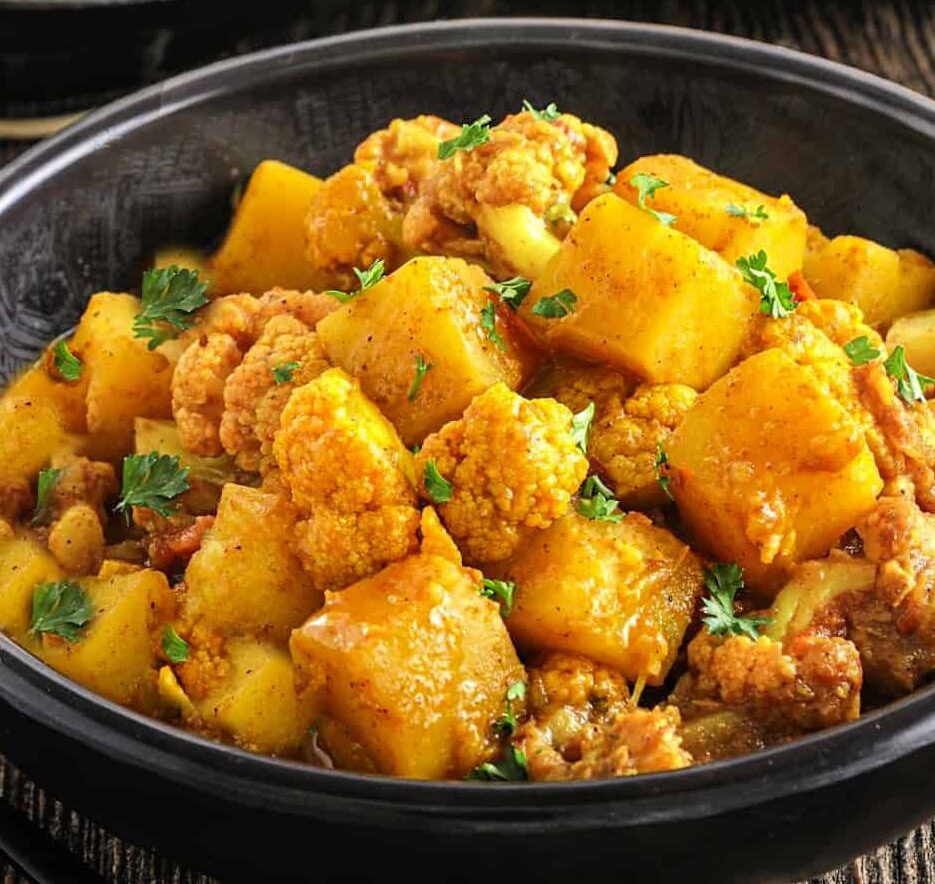Tapioca is a versatile starch derived from the cassava plant, native to South America but now cultivated worldwide. This unique ingredient has gained popularity in various culinary traditions, offering a wide range of culinary possibilities. From comforting puddings and creamy desserts to chewy pearls in bubble tea and savory dishes, tapioca has found its way into kitchens across the globe. In this article, we will explore the origins of tapioca, its culinary uses, and provide a classic recipe to showcase the delightful flavors of tapioca.
Origins and Cultivation: Tapioca comes from the cassava plant (Manihot esculenta), which is widely grown in tropical regions. Cassava root is peeled, washed, and ground into a fine flour or processed into tapioca pearls or flakes. It has been a staple food in many South American, African, and Asian cuisines for centuries due to its hardiness and versatility.
Culinary Uses of Tapioca: Tapioca offers a multitude of culinary applications, both in sweet and savory dishes. Here are a few popular uses of tapioca:
- Puddings and Desserts: Tapioca pudding is a classic comfort food, made by cooking tapioca pearls in milk or coconut milk until they become thick and creamy. Tapioca can also be used to make creamy desserts, such as mango sago, coconut tapioca pudding, or tapioca coconut custard.
- Bubble Tea: Tapioca pearls, also known as boba, are a key component in bubble tea. These chewy tapioca balls are cooked until they become soft and gelatinous and are then added to sweetened tea or fruit-based beverages.
- Thickening Agent: Tapioca starch is a popular thickening agent in both sweet and savory recipes. It can be used in pies, tarts, sauces, and soups to provide a smooth and silky texture.
- Gluten-Free Baking: Tapioca flour is a gluten-free alternative to wheat flour, making it suitable for those with gluten sensitivities or celiac disease. It can be used in baking to create light and fluffy cakes, bread, and pastries.
- Savory Dishes: In certain cuisines, tapioca is used in savory dishes. It can be added to stews, curries, and stir-fries to thicken sauces or used as a coating for fried foods.
Classic Tapioca Pudding Recipe:
Ingredients:
- 1/2 cup small tapioca pearls
- 4 cups milk (or a combination of milk and coconut milk)
- 1/2 cup sugar
- 1/4 teaspoon salt
- 1 teaspoon vanilla extract
- Optional toppings: Fresh fruits, nuts, or a sprinkle of cinnamon
Instructions:
- In a medium-sized saucepan, combine the tapioca pearls, milk, sugar, and salt. Let the mixture sit for 15 minutes to allow the pearls to soften.
- Place the saucepan over medium heat and bring the mixture to a gentle simmer, stirring frequently to prevent the tapioca from sticking to the bottom.
- Reduce the heat to low and continue to cook the tapioca pearls, stirring constantly, for about 15-20 minutes or until the pearls become transparent and the mixture thickens.
- Remove the saucepan from heat and stir in the vanilla extract. Let the pudding cool for a few minutes.
- Transfer the tapioca pudding to individual serving bowls or a large serving dish. Cover and refrigerate for at least 2 hours or until chilled and set.
- Before serving, you can add your desired toppings such as fresh fruits, nuts, or a sprinkle of cinnamon for added flavor and texture.
Conclusion: Tapioca is a versatile and fascinating ingredient that adds a unique texture and flavor to a wide range of dishes. From the comforting sweetness of tapioca pudding to the chewy delight of bubble tea, tapioca offers a culinary adventure that transcends borders. With its gluten-free properties and adaptability in various recipes, tapioca continues to captivate taste buds around the world. So, embrace the versatility of tapioca and explore the countless possibilities it presents in your own culinary creations.





